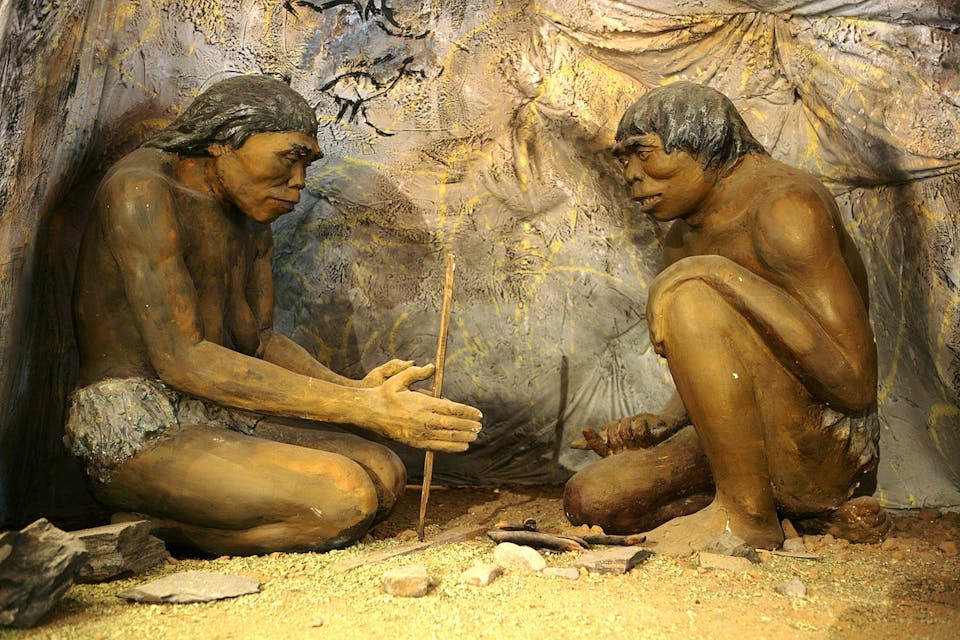
October 21, 2020
Do All Human Languages Derive From A Single Source?
Some paleolinguists have floated the idea of an original human language they call “Proto-Sapiens.” Is that what our ancestors were speaking when they built the Tower of Babel?
“And all the earth was of one language and one speech. . . . And they said, ‘Come, let us build us a city and a tower whose top may reach unto heaven.’. . . And the Lord said, ‘Behold the people is one and this they begin to do; and now nothing will be restrained from them, which they have imagined to do. Come, let us go down and confound their language, that they may not understand one another’s speech.’”
Thus we read in this week’s Torah portion, the parashah of Noah. Humanity speaks many different languages, we are told by it, because God feared that if it didn’t it would pool its resources to reach the heavens and, presumably, contest His rule.
“Many different languages” is an understatement. There are an estimated 6,500 of them in the world today (although quite a few are in danger of extinction), and if we take into account the past existence of numerous no-longer-extant languages, it is probable that many tens of thousands have been spoken in human history. Yet was there ever really “one language and one speech” from which they all came? Or, to rephrase the question: is human speech monogenetic, having its source, as the Bible relates, in a single language, the original one spoken by homo sapiens, or is it polygenetic and descended from more than one, and perhaps many, primeval languages that evolved independently in different times and places in the early history of mankind?